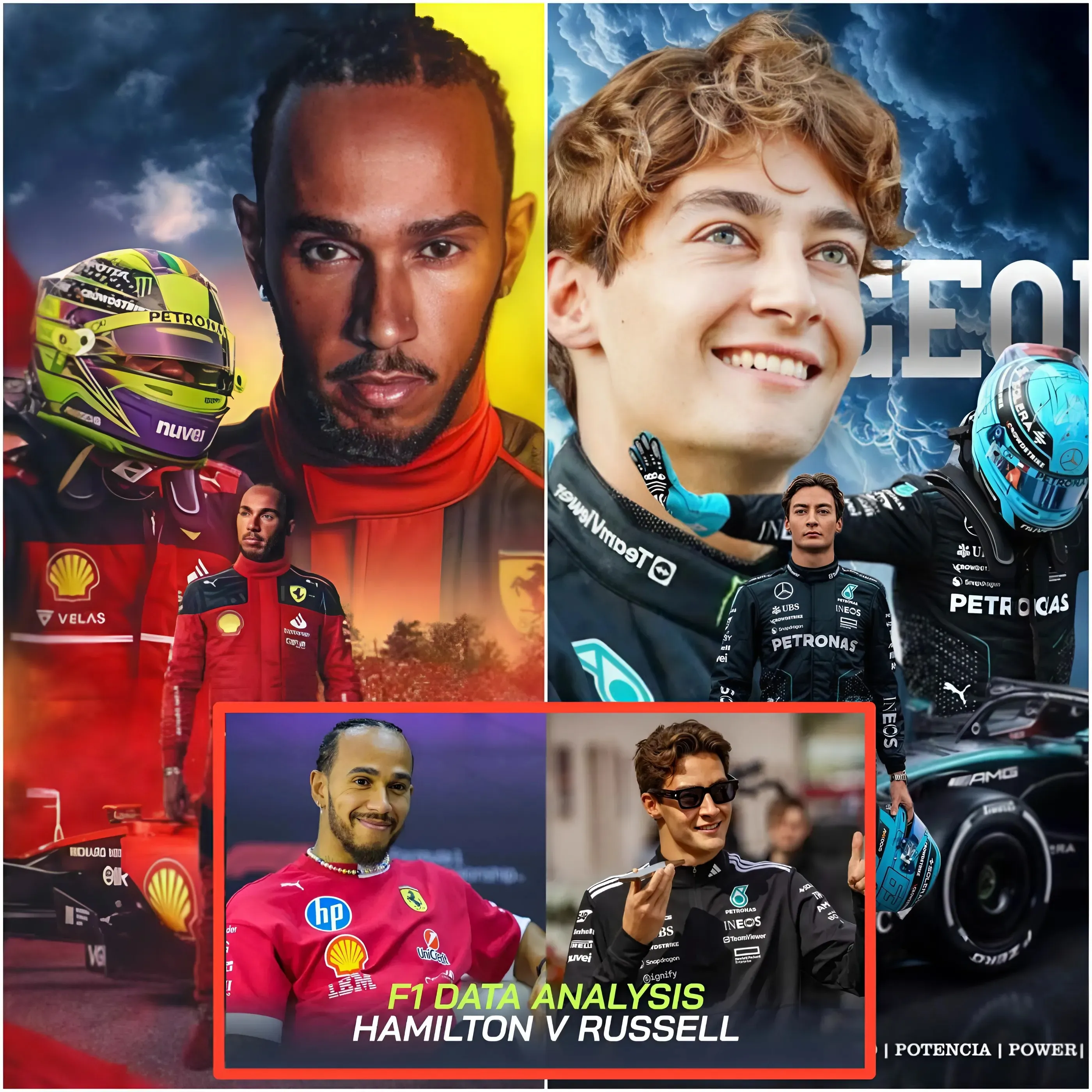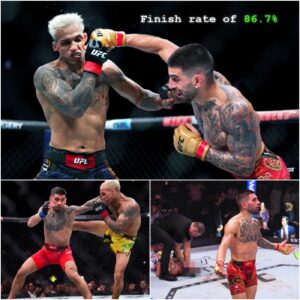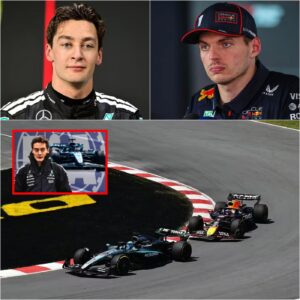Lewis Hamilton was unable to complete his planned race simulation on the final day of pre-season testing in Bahrain.
The new Ferrari driver saw his running limited on the final afternoon of testing before Australia, while George Russell, his former Mercedes team-mate, successfully completed his run plan.

F1 testing 2025: Lewis Hamilton’s final day uncovered
The final day of the pre-season was a strange and challenging one for the teams. Wind gusts and low track temperatures resulting in poor track grip overshadowed rather than clarified the feeling and valuable testing of the cars in Bahrain before heading to Australia.
Hamilton was unable to complete the race simulation he had planned for the final hours of pre-season. His planned run was halted due to ‘a telemetry anomaly’ according to Ferrari just 10 laps into the first stint.

Hamilton’s first stint was worrying in terms of pace and degradation at +1.157s off the pace of Charles Leclerc’s race simulation completed Thursday, also with the C3 compound.
Obviously, and as it is necessary to repeat, we don’t know the engine map used by each driver and the fuel load, but in this last aspect it is reasonable to assume an approximately full fuel tank around 105 kilograms for both drivers.
Russell’s race simulation was +0.697s slower per lap than that of team-mate Andrea Kimi Antonelli on the second day of testing. Thus, the only ‘true’ comparison that can be made to assess Hamilton and Ferrari’s pace in tricky track conditions is against none other than Russell on the final day of testing.
Before aborting his short race simulation after 10 laps due to this ‘anomaly’, Hamilton was almost three tenths of a second slower than Russell per lap.
Both drivers suffered from very high degradation compared to the drivers who were able to run their race simulation on the second day of pre-season testing. But in this aspect, Hamilton’s tyre wear assessment was particularly worrying, losing +0.197s per lap.
We can also see a rather poor lap time consistency from Hamilton. Perhaps caused by an incorrect set-up which could be the cause of that problem discovered in the telemetry.
And how do they compare in one lap pace? Russell was the fastest driver on the final day of testing. Maybe it’s not a coincidence.
As we saw last season, the Mercedes W15 performed better than its rivals in low grip and low track temperatures. Its successor also seems to have inherited these characteristics and with an overall improvement in performance.
With a time of 1:29.545, Russell was unable to improve the 1:29.379 set by Hamilton on day two. However, the small difference in the delta of the two laps despite the difficult conditions Russell faced to achieve this time suggests that the Brackley team may be a step ahead of Ferrari.
The Mercedes W15 generally performs better than the Ferrari SF25 in slow corners. This is especially important in the braking for Turn 10. And it has also been able to accumulate more speed in the fast corners of Turns 5 and 6 where Hamilton had to lift off slightly as we can see in the telemetry of both laps.
However, on the back straight of the Sakhir circuit it is clear that Ferrari has not deployed all the power available in its engine. Hence Russell’s final sector on the last day of the pre season was better than that one achieved by Hamilton on day 2.
It is very difficult to read where Ferrari and Mercedes really stand in terms of relative performance. But early feelings and data from Bahrain indicate that Mercedes may be a step above the Italian team in the early stages of the 2025 season.
Race simulations between Charles Leclerc and Kimi Antonelli on day two were very similar with the Italian driver just landing on the Formula 1 grid. Leclerc could only be +0.054s faster per lap than the Mercedes rookie.
And what does seem clearer is that McLaren is the team to beat… still waiting for Red Bull who had very limited running in Bahrain. They have suffered some problems and there is not much meaningful data to make comparisons. Maybe it’s a tactic to make a big surprise in Australia.
As was the case in 2024, it is likely that the characteristics of the circuits and the track conditions will determine the order of the top four teams until the Japanese GP, where we will be able to have a clearer pecking order after visiting very different circuits.





